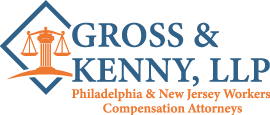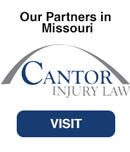Beyond the Injury: How a Workplace Injury Attorney Advocates for Your Future
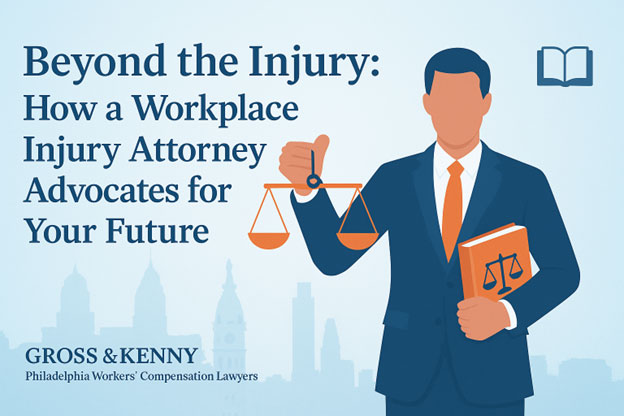
Quick Question: Can a workplace injury attorney truly shape your long-term future after an accident?
Answer (in 66 words): Yes. A specialized attorney does far more than file forms—they secure immediate wage benefits, coordinate medical care, project lifetime costs, negotiate liens, and plan vocational paths. By combining legal insight, financial foresight, and strategic partnerships, the right lawyer positions you to recover both physically and economically while protecting your career trajectory.
Beyond the Injury: How a Workplace Injury Attorney Advocates for Your Future
Introduction – Why Look Beyond Today’s Bills?
- Medical bills arrive first, but future costs linger: Rehabilitation, adaptive equipment, and potential re-training can outpace initial settlements.
- Insurance carriers focus on short-term payouts: Their model is cost containment; yours is life restoration.
- Legal complexity grows with time: Appeals, lien negotiations, and job retraining issues often surface months or years later.
- One advocate, many roles: A seasoned workplace injury attorney coordinates doctors, vocational experts, and financial planners under one strategy.
- Digital-first representation matters: Firms that repurpose guidance across blogs, videos, and podcasts see up to 30 % higher client engagement (Source).

Immediate Legal Lifeline: Securing Critical Benefits Fast
- Rapid claims filing & strict deadlines
- Miss a Pennsylvania notice window and your claim could be barred.
- Dedicated teams ensure every form is date-stamped and tracked.
- Temporary vs. permanent disability wage checks
- Attorneys push for the correct classification to maximize weekly benefits.
- Medical network control
- Carriers often force “preferred” doctors; counsel petitions for independent specialists to protect unbiased treatment opinions.
- Early lien strategy
- Outsourcing lien resolution can boost average settlements by 20 % (Lien Strategies Podcast).
- Communication shield
- Your lawyer fields insurer calls, preventing statements that could undermine your case.
- Emergency hearings
- When checks stop without warning, counsel files immediate penalty petitions to reinstate benefits plus interest.
Strategic Advocacy for Medical & Vocational Recovery
- Treatment plan alignment
- Legal teams review surgery codes and therapy schedules to confirm carrier approval aligns with medical advice.
- Vocational rehabilitation oversight
- Insurers may pressure you into unsuitable “light duty.” Attorneys analyze physical restrictions against job descriptions.
- Future-proofing with specialists
- Economists, life-care planners, and ergonomic experts map out 5-, 10-, and 20-year projections.
- Data-driven negotiations
- Firms using outsourced litigation services reduce overhead by 25 %, freeing resources for expert testimony (Outsourced Litigation).
- Interdisciplinary team snapshot
| Expert Partner | Core Question They Answer | Long-Term Impact |
| Orthopedic Surgeon | Will the injury worsen with manual labor? | Guides permanent impairment rating |
| Life-Care Planner | What medical aids will you need at 60? | Shapes future-cost settlement value |
| Vocational Analyst | Can retraining move you to a less physical role? | Preserves income potential |
| Economist | How will inflation erode benefits? | Supports cost-of-living adjustment clauses |
Result: A coordinated medical-vocational plan carriers can’t easily deny.
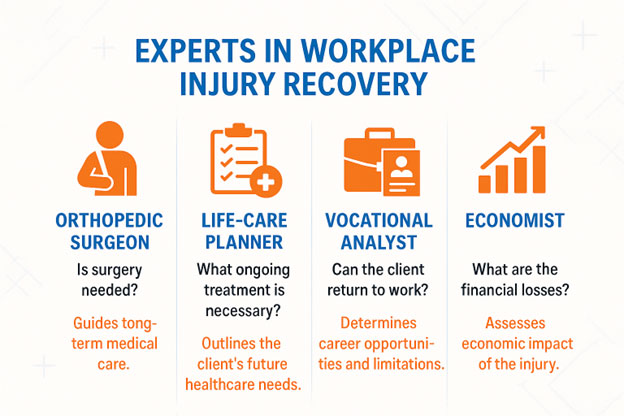
Financial Forecasting: Securing Long-Term Compensation & Cost of Living
- Structured settlement vs. lump-sum math
- Counsel models tax implications, inflation, and investment growth to recommend the best vehicle.
- Cost-of-living adjustments (COLA)
- Filing timely COLA petitions protects buying power as prices climb.
- Social Security offset management
- Incorrect settlement language can slash SSDI benefits—attorneys draft clauses to minimize offsets.
- Healthcare lien negotiation
- By partnering with specialists, firms cut hospital claims, freeing more funds for you.
- Reserve erosion leverage
- Insurers set aside reserves; when legal teams prove future medical exposure, carriers raise reserves—boosting offer size.
- Digital strategy for evidence
- Firms prioritizing tech see 40 % faster client acquisition growth (Navigating a Law Firm), enabling deeper resources for financial modeling.
Choosing Your Advocate: Comparing Legal Help Options
- Why comparison matters: Not all “injury lawyers” hold the same certifications, tech tools, or settlement philosophy.
| Representation Model | Strengths | Risks | Ideal For |
| Solo Generalist | Personal touch, low overhead | Limited resources for experts | Minor injuries with clear liability |
| Big-Box Mega Firm | Massive marketing, quick settlements | High caseloads, less 1-to-1 time | Clients prioritizing speed over personalization |
| Online-Only Platform | Convenient digital intake | Limited court presence | Simple claims needing paperwork only |
| Certified Workers’ Comp Boutique (e.g., Gross & Kenny, LLP) | Board-certified specialists, courtroom readiness, deep local knowledge | Niche focus may refer out unrelated legal issues | Complex injuries, denied claims, or appeals |
Takeaway: A boutique workers’ comp firm invests heavily in both litigation skill and post-settlement planning—crucial for safeguarding your future.
- Marketing insight: Law practices with a dedicated digital marketing plan generate 50 % more qualified leads (Hiring a Digital Agency).
- Brand trust through education: “The best marketing is educational—if you teach, you build trust” (Jeffrey Gross Podcast).
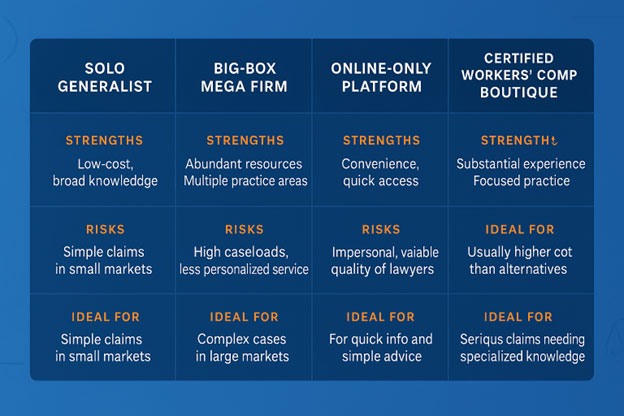
Beyond Paperwork: Leveraging Technology, Outsourcing & Experts
- Content repurposing for client education
- Firms that share guides, videos, and podcasts stay top-of-mind during recovery.
- Outsourced lien & litigation services
- “Outsourcing lets you focus on what you do best—advocating for your clients” (Practical Business Solutions).
- Cloud case-management portals
- 24/7 access keeps clients informed and eliminates communication gaps—echoing the quote, “Clients want to know you’re not just a lawyer, but a resource for their recovery and future” (Jeffrey Gross Podcast).
- Data dashboards & KPIs
- Tracking days-to-benefit, lien reduction %, and rehab completion rates ensures accountability.
- Strategic partnerships
- The right partner can be a “force multiplier” for your case (Practical Business Solutions).
Measuring Success: KPIs & Proof of Impact
- Key metrics every injured worker should ask about:
- Average time from filing to first check
- Percentage of cases settled above initial offer
- Average lien reduction percentage
- Client satisfaction score (post-case surveys)
- Industry benchmarks
- Firms leveraging lien experts see settlements grow by up to 20 % (Lien Strategies Podcast).
- Law firms active across digital channels improve engagement 30 % (Jeffrey Gross Podcast).
- Client lifetime value (CLV) & referrals
- “Referrals remain the lifeblood of any law practice” (Navigating a Law Firm).
- Continuous improvement loop
| Stage | Data Collected | Action Taken |
| Claim Filing | Date stamps, denial reasons | Adjust template language |
| Benefit Period | Payment gaps, medical authorizations | Trigger follow-up petitions |
| Settlement Talks | Offer timeline, counter-offer success | Update negotiation playbook |
| Post-Settlement | Rehab milestones, return-to-work rate | Refine vocational resources |
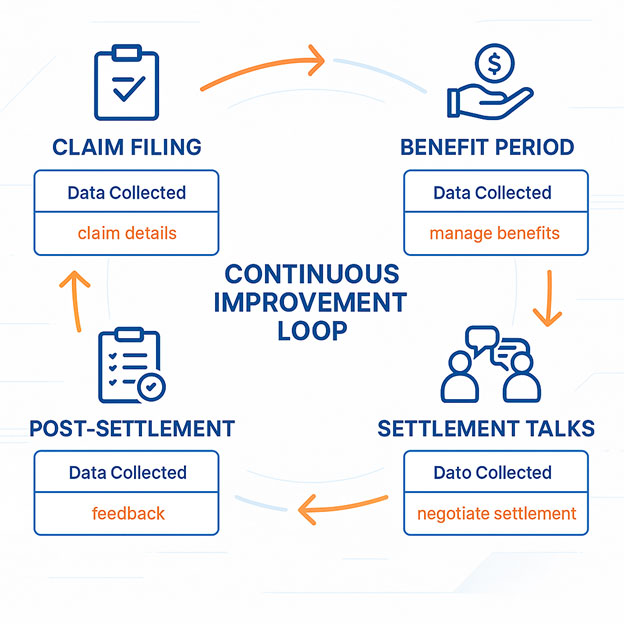
Conclusion
- Looking forward, not just closing files: A workplace injury can reshape your career; a forward-thinking attorney reshapes the outcome.
- Holistic advocacy: From emergency wage restoration to future cost modeling, lien reduction, and vocational planning, specialist counsel protects both your immediate stability and lifelong earning power.
- Take the next step: If you’re ready to secure benefits today while planning for tomorrow, schedule a free consultation with Gross & Kenny, LLP Philadelphia Workers’ Compensation Lawyer—the board-certified team that turns short-term claims into long-term security.
FAQ Section
How does a workplace injury attorney help with long-term recovery?
A specialized attorney coordinates medical care, ensures proper wage classifications, and plans for ongoing costs. They work with economists and life-care planners to project future expenses and secure comprehensive settlements.
Why is digital-first representation important for clients?
Digital-first representation increases client engagement by up to 30%, as firms use blogs, videos, and podcasts to educate and support clients, ensuring they stay informed throughout their recovery process.
What role do lien resolution strategies play in settlement outcomes?
Lien resolution strategies can increase settlement values by 20%. Attorneys handle these negotiations to ensure that more of the settlement benefits go directly to the client rather than being tied up in medical liens.
How do attorneys manage client needs through technology?
Attorneys use cloud-based management systems to provide 24/7 access to case updates, ensuring clients are fully informed. These systems help track key metrics to improve case management and client outcomes.
What are some key metrics used to measure success in workplace injury cases?
Key metrics include the average time from filing to first check, percentage of cases settled above initial offers, and average lien reduction percentages. These metrics help ensure accountability and continuous improvement.
